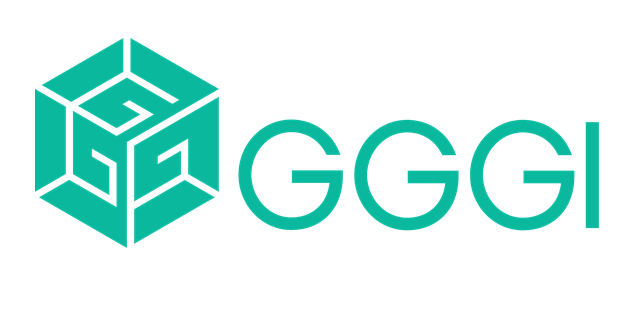
The Green Economy Model (GEM) is a system dynamics (SD)-based simulation tool developed to analyze low-carbon development and green economy scenarios across multiple sectors. Originally designed for national-level planning, GEM integrates economic, social, and environmental systems to support evidence-based policy design and long-term strategy development. The model simulates interactions across four interconnected capitals: Physical capital (infrastructure, technology), Human capital (skills, labor, education), Social capital (institutions, governance, community resilience), and Natural capital (land, resources, ecosystem services). By modeling feedback loops (both reinforcing and balancing), GEM enables policymakers to assess the cost-effectiveness of individual or combined policy interventions, understand systemic trade-offs and synergies across sectors, forecast potential long-term impacts of climate and development strategies, and support resilient, equitable, and low-emission urban planning.
In Thessaloniki, the Urban GEM model has been adapted to simulate the dynamics of key urban systems, applying two custom policy scenarios: social housing programs targeting vulnerable city districts and energy poverty interventions, including energy efficiency upgrades and emissions reduction. By modeling these scenarios, Thessaloniki gains valuable insights into how urban planning and climate action can reduce carbon footprints, address socioeconomic vulnerabilities, and support the development of housing policies. This adapted Urban GEM approach is transferable to other UP2030 cities, including Rotterdam, which shares similar pilot goals.
Dr. Stelios Grafakos
stelios.grafakos@gggi.org




